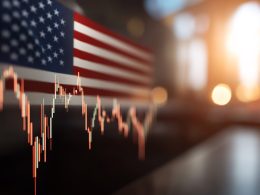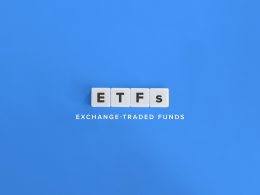Caveat Venditor!
by Eric Sprott & Andrew Morris
The recent bear raid on silver has left many concerned about the sustainability of its historic run. Silver, being a relatively obscure market for most mainstream commentators, attracted much attention in the ensuing days following the May 1 takedown. Indeed, though the 30% drop in silver occurred over only four days, seemingly all eyes were on silver, with commentators who could’ve cared less about the silver market only a couple of months ago, suddenly tripping all over one another to make the bubble call. Silver bubble 2.0? Hardly. Anyone who has been fortunate to have been invested in silver over the past few years would unfortunately be used to such blatant takedowns. The Chinese don’t call it the "Devil’s Metal" for no good reason. With so much talk these days about the risks of investing in silver, we think that perhaps it may be timely for us to weigh in on the matter. The silver market is riskier than ever, but for reasons the vast majority of pedestrian commentators have failed to grasp.
There is no doubt that speculative dollars have been flowing into the silver market. We note that in April record trading volumes were registered in the SLV1, Comex futures2, LBMA transfers3, and the Shanghai Gold Exchange futures4. In fact, converting the average daily trading volume in the aforementioned silver instruments to the amount of ounces of silver they are supposed to represent, there were on average, over 1.1 billion ounces worth of silver traded every day in the month of April5. Truly a staggering number when contrasted against the actual amount of silver available for investment. To wit, the world will only supply about 979 million ounces this year from mine and recycling of scrap, of which it is estimated that 657 million ounces will be used up for non-investment purposes6. So in effect, that leaves roughly only 322 million ounces available this year for investment purposes. Converting to days (recall that at least 1.1 billion ounces traded each day) it leaves only about 1.3 million ounces per trading day of available supply. So, we are essentially trading the amount of physical silver actually available for investment, 891 times over each day! It really begs the question; just what are people trading in these markets?
Consider the largest and most prominent of those markets - the Comex, which we believe has owned an effective monopoly on silver price discovery for decades. In fact, the Comex churned over 800 million ounces of silver futures and options on average each day in April7. Indeed, notwithstanding the massive but very opaque over-the-counter silver derivatives market, trading on the Comex dwarfs both the physical and the other (known) paper silver markets, combined. Despite its dynamics being relatively complex and generally not well understood by most, the world’s financial community continues to view trading on the Comex as representative of the fundamentals for the physical silver markets. A market built on a high amount of leverage, both the buyers and sellers of Comex futures and options contracts are able to establish a position in "silver" with pennies on the dollar in collateral and even more astonishingly, no physical silver backing the contracts at all. The following charts illustrate just how unreal these markets have become.
Chart A:

Source: Bloomberg, Sprott Asset Management
Chart B:

Source: Bloomberg, Sprott Asset Management
In chart A, we compare the total open interest in Comex futures and option contracts to the actual amount of silver held in registered inventories able to be delivered against those contracts, since 2009. In chart B, with the steeply-sloping line shows the ratio of open interest (i.e. paper silver ounces) per ounce of physical silver held in inventory. We believe the historical trend of rising open interest and falling inventories deserves considerable attention from anyone attempting to understand the silver market. And though we do note that since October 2010 the trend of rising open interest appears to have abated, the inventories have been evaporating steadily and thus the ratio of the two measures has continued to trend higher. In fact, since 2009 the ratio of paper silver to physical silver has increased fourfold from approximately 8 times to almost 33 times, where it stands today.













